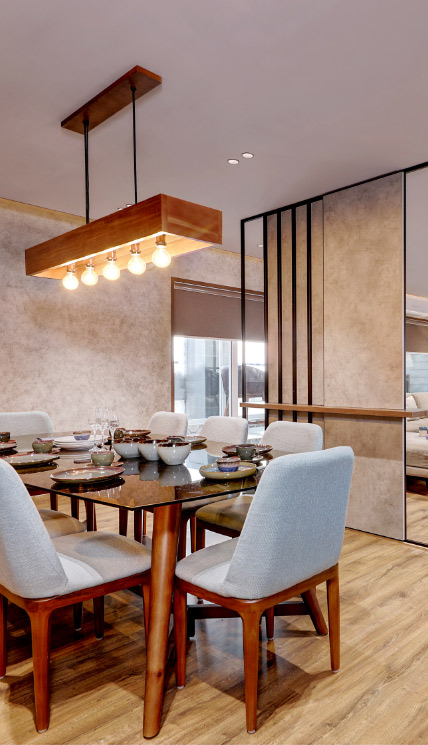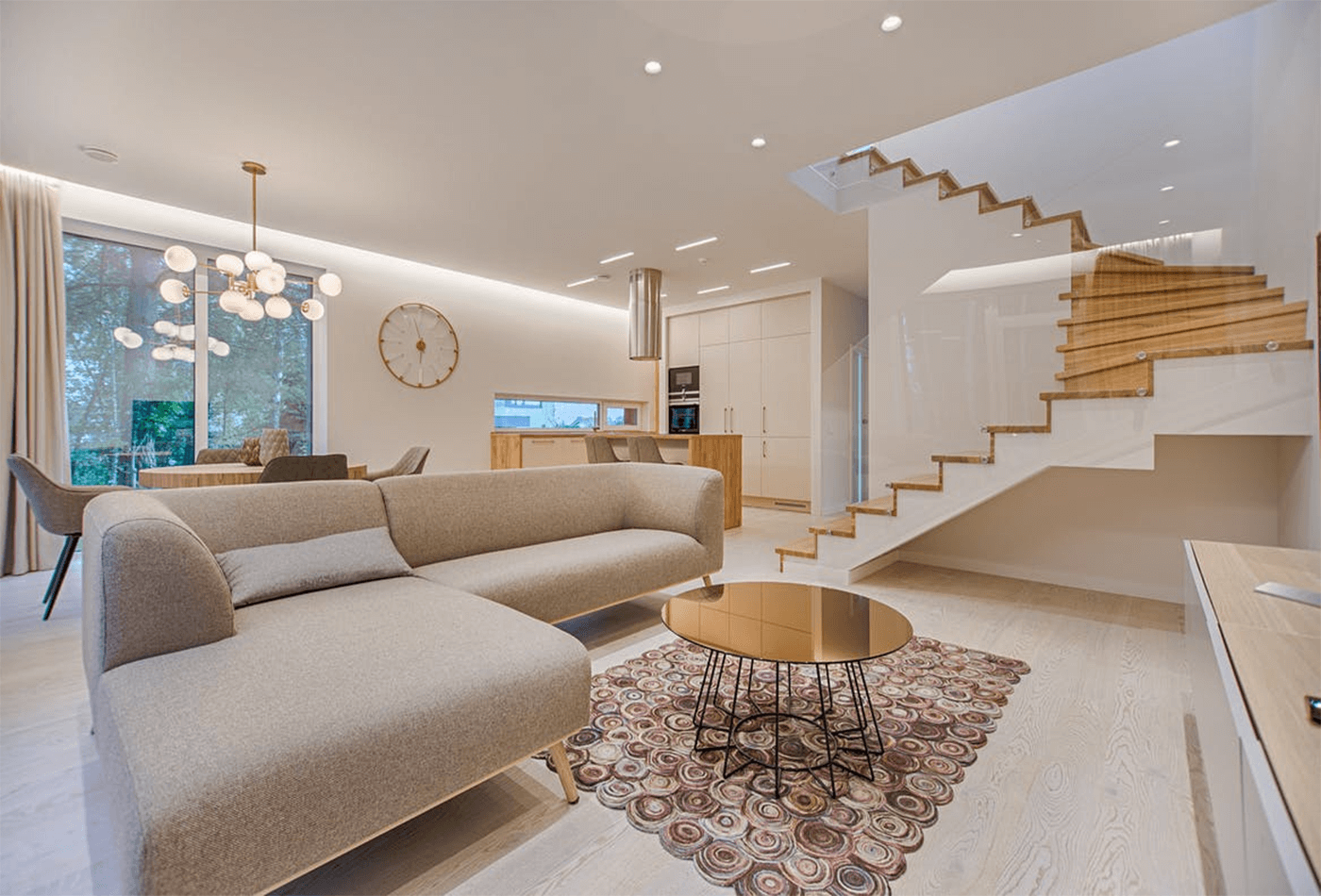Enhance your space with timeless luxury interior design.
Enhance your space with timeless luxury interior design.
Blog Article
Transform Your Home With Essential Concepts of Interior Decoration and Appearances
By comprehending the influence of shade theory and the importance of structure and patterns, one can produce rooms that are not only visually attractive but additionally deeply personal. Accomplishing this equilibrium entails more than plain decor; it encompasses a strategic plan and a keen understanding of exactly how each component interacts within a room.
Recognizing Shade Theory
Shade concept is a basic facet of interior decoration that dramatically affects state of mind, perception, and general aesthetic. Understanding the concepts of shade theory enables developers to produce spaces that resonate mentally with occupants while satisfying functional demands (miami interior design). Shades can be categorized into 3 main kinds: primary, additional, and tertiary. Each category plays a critical role in establishing consistency within a space.
The emotional impact of shades is extensive; warm colors such as reds and oranges evoke power and warmth, while awesome tones like blues and environment-friendlies promote peace and serenity. Moreover, using complementary shades improves visual rate of interest, creating striking contrasts that can raise an area's allure.
Neutral shades, on the various other hand, act as a flexible background, enabling other style aspects to radiate. It is important to consider elements such as illumination and the area's function when picking a shade palette, as these can alter the perception of colors throughout the day.
Eventually, a well-considered color pattern can change a space, cultivating a sense of comfort and design that lines up with the citizens' choices. Proficiency of shade theory is, consequently, an important ability for any interior designer aiming to develop unified and inviting environments.
Attaining Balance in Design
Exactly how can designers attain a feeling of equilibrium in their rooms? Attaining balance in layout is essential to producing unified interiors. Designers can make use of three main types of balance: in proportion, unbalanced, and radial. Balanced balance involves organizing elements uniformly around a central factor, promoting a feeling of order and tranquility. This type commonly features sets of furnishings or art work, improving aesthetic stability.
Asymmetrical equilibrium, on the various other hand, depends on varying elements that still accomplish a cohesive appearance. This strategy allows for more dynamic and casual setups, giving passion while preserving equilibrium. By thoroughly selecting varying sizes, colors, and appearances, developers can create an aesthetically compelling space that feels balanced yet energised.
Radial balance highlights a central centerpiece with components emitting external. This style is commonly seen in circular layouts, where furniture and design develop a cohesive surround that attracts the eye internal.
Eventually, achieving balance needs thoughtful consideration of scale, percentage, and the connections in between aspects. luxury interior design. By skillfully using these additional hints equilibrium concepts, designers can change rooms into atmospheres that feel both visually pleasing and functionally unified, boosting the total experience for passengers
Relevance of Spatial Recognition

A keen sense of spatial awareness allows designers to identify focal points within an area, leading the viewer's interest to crucial features while keeping a total feeling of unity. It also assists in the calculated positioning of lights, which can drastically influence the perception of space and mood. In addition, understanding spatial partnerships allows the developer to deal with the certain requirements of residents, making certain that each area serves its intended purpose without endangering appearances.
Ultimately, spatial awareness is critical for making best use of the possibility of any kind of indoor area. By meticulously thinking about the interplay in between dimensions, format, and feature, designers can produce atmospheres that not only satisfy practical requirements yet likewise stimulate a feeling of convenience and beauty, boosting the total living experience.
Integrating Structure and Patterns
Accepting a diverse range of appearances and patterns can significantly improve the visual and responsive appeal of an indoor area. The tactical use numerous products-- such as wood, steel, textile, and rock-- creates depth and interest, making an area feel more welcoming and dynamic. Integrating smooth surfaces with harsh structures can develop an equilibrium that draws the eye and involves the senses.
When incorporating patterns, think about both range and rep. Big patterns can serve as focal points, while smaller sized, refined styles can match other elements without frustrating the area. Layering patterns, such as pairing floral pillows with candy striped tosses, includes intricacy and a sense of harmony if carried out attentively.
It is additionally critical to maintain a cohesive shade combination, guaranteeing that structures and patterns interact as opposed to complete for attention. By selecting a couple of essential textures and patterns, you can create a linked visual that reflects your individual style while boosting the overall ambiance of the space. Inevitably, the mindful unification of these aspects can transform an ordinary room right into a sophisticated setting abundant with personality and warmth.
Personalizing Your Space
Developing a space that mirrors your character is crucial to achieving a really welcoming setting. Customization in interior decoration permits you to instill your special style and interests into your home, transforming it from a plain shelter right click for source into a shelter that talks to who you are. Begin by choosing a shade combination that resonates with your feelings-- bold tones can stimulate, while soft tones supply tranquility.
Incorporate art work and decoration that reflect your enthusiasms, whether it be traveling, nature, or abstract principles. Displaying personal collections, such as books, pictures, or souvenirs, can evoke cherished memories and create focal points within a space. In addition, take into consideration tailoring practical items, like upholstered furnishings, to align with your visual preferences.

Conclusion
In verdict, the makeover of a home with the important concepts of indoor style and appearance demands a thorough understanding of shade theory, equilibrium, spatial understanding, appearance, and personalization. Each aspect adds dramatically to developing an unified and functional living setting - luxury interior design. By thoughtfully incorporating these concepts, individuals can improve the aesthetic appeal and psychological vibration useful link of their spaces, inevitably cultivating a home that mirrors distinct identifications while supplying convenience and practicality
Report this page